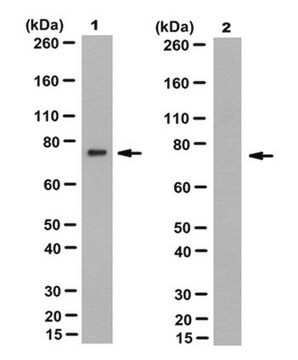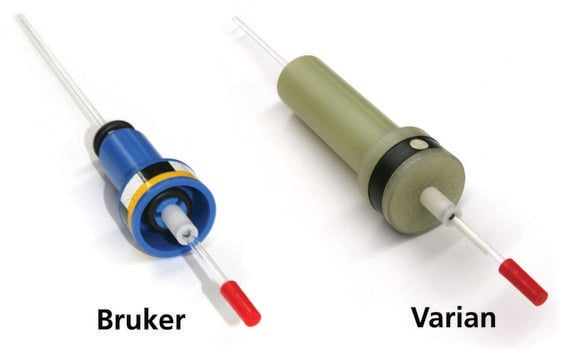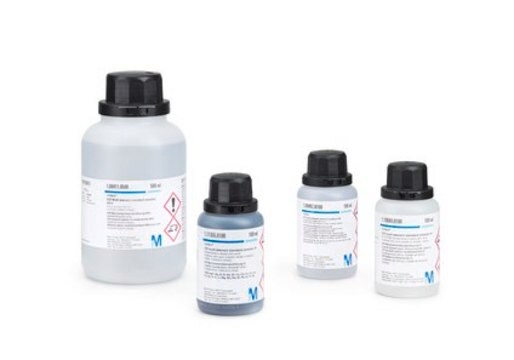MABT858
Anti-prelamin A Antibody, clone PL-1C7
clone PL-1C7, from mouse
Synonim(y):
LMNA
About This Item
Polecane produkty
pochodzenie biologiczne
mouse
Poziom jakości
forma przeciwciała
purified antibody
rodzaj przeciwciała
primary antibodies
klon
PL-1C7, monoclonal
reaktywność gatunkowa
mouse, human
opakowanie
antibody small pack of 25 μg
metody
ELISA: suitable
flow cytometry: suitable
immunocytochemistry: suitable
western blot: suitable
izotyp
IgG2bκ
numer dostępu NCBI
numer dostępu UniProt
Warunki transportu
ambient
docelowa modyfikacja potranslacyjna
unmodified
informacje o genach
human ... LMNA(4000)
Powiązane kategorie
Opis ogólny
Specyficzność
Immunogen
Zastosowanie
Cell Structure
Flow Cytometry Analysis: A representative lot detected prelamin A in Flow Cytometry applications (Casasola, A., et. al. (2016). Nucleus. 7(1):84-102).
Western Blotting Analysis: A representative lot detected prelamin A in Western Blotting applications (Casasola, A., et. al. (2016). Nucleus. 7(1):84-102).
Immunocytochemistry Analysis: 1 µg/mL from a representative lot detected prelamin A in C2C12 cells with Farnesyl transferase inhibitor Lonafarnib (Courtesy of Fred Hutchinson Cancer Research Center, Seattle, Washington USA).
ELISA Analysis: A representative lot detected prelamin A in ELISA applications (Casasola, A., et. al. (2016). Nucleus. 7(1):84-102).
Immunocytochemistry Analysis: A representative lot detected prelamin A in Immunocytochemistry applications (Casasola, A., et. al. (2016). Nucleus. 7(1):84-102).
Jakość
Western Blotting Analysis: 2 µg/mL of this antibody detected prelamin A in C2C12 cell lysate.
Opis wartości docelowych
Postać fizyczna
Przechowywanie i stabilność
Inne uwagi
Oświadczenie o zrzeczeniu się odpowiedzialności
Nie możesz znaleźć właściwego produktu?
Wypróbuj nasz Narzędzie selektora produktów.
polecane
Kod klasy składowania
12 - Non Combustible Liquids
Klasa zagrożenia wodnego (WGK)
WGK 1
Temperatura zapłonu (°F)
does not flash
Temperatura zapłonu (°C)
does not flash
Certyfikaty analizy (CoA)
Poszukaj Certyfikaty analizy (CoA), wpisując numer partii/serii produktów. Numery serii i partii można znaleźć na etykiecie produktu po słowach „seria” lub „partia”.
Masz już ten produkt?
Dokumenty związane z niedawno zakupionymi produktami zostały zamieszczone w Bibliotece dokumentów.
Nasz zespół naukowców ma doświadczenie we wszystkich obszarach badań, w tym w naukach przyrodniczych, materiałoznawstwie, syntezie chemicznej, chromatografii, analityce i wielu innych dziedzinach.
Skontaktuj się z zespołem ds. pomocy technicznej








